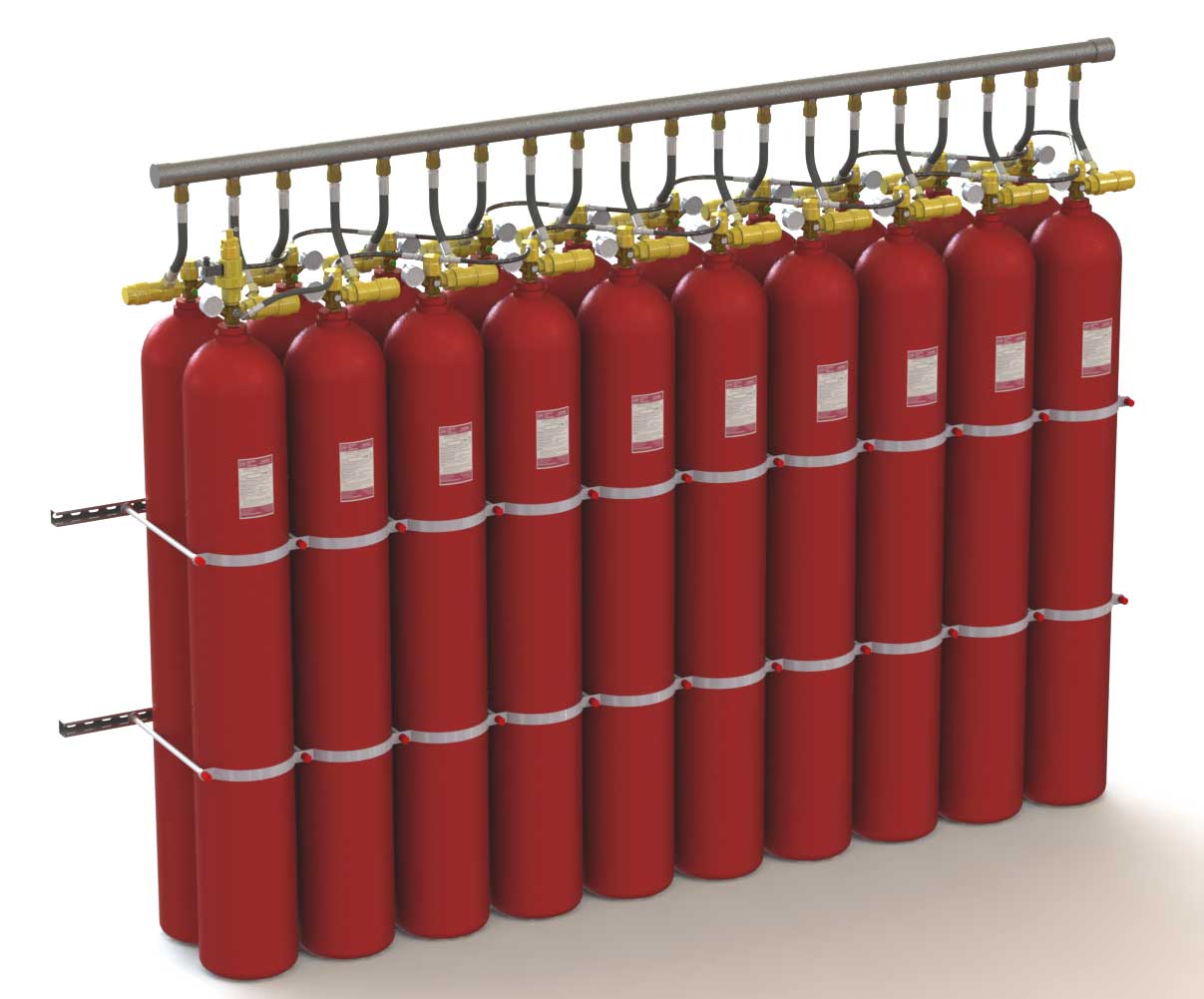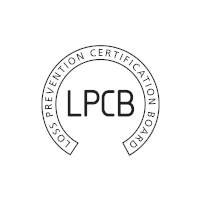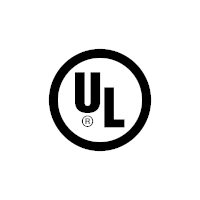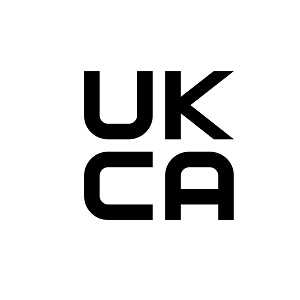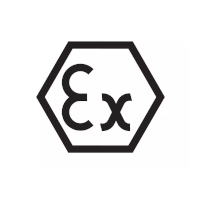Inert Gas Fire Suppression
MEP Fire: Inert Gas Fire Suppression Systems
Installing a fire suppression system should be at the top of your mind, whether you're working in a business or want to keep you and your family safe. If your business or home isn't secured with fire safety systems, MEP Fire has unrivalled experience in ensuring that all fires are detected, extinguished, and the aftermath doesn't affect any essential equipment you store.
What is an Inert Gas Fire Suppression system?
The use of inert gases is an excellent method for suppressing fire, especially electrical fires -
perfect for the renewable energy sector, industrial sector, data centres sector, etc. Our Inert gas system is designed to release naturally occurring, colourless, and odourless gases to protect areas where people and sensitive assets could be damaged by conventional water-based fire suppressant agents.
During a typical discharge and total flood, the inert gas displaces the volume of air to disrupt the composition so that there is no longer enough oxygen for a fire to continue to burn. Typically, it reduces the oxygen level to the 12% oxygen mark, which is still safe for humans and gives them enough time to evacuate in an unfortunate event. Oxygen levels in other types of systems can be unsafe for human exposure.
As a significant amount of carbon dioxide gas is released into the enclosure when extinguishing a fire, a typical inert gas suppression systems can cause a pressure spike on the exterior of the enclosure; however, with our innovative pressure regulating valves and patented technologies with our extinguishing systems, this spike can be reduced to the point of no concern.
| Name | Gas Composition |
|---|---|
| IG-55 (Argonite) | 50% Argon and 50% Nitrogen |
| IG-541 (Inergen) | 52% Argon, 40% Nitrogen and 8% CO2 |
| IG-100 (Nitrogen) | 100% Nitrogen |
| IG-01 (Argon) | 100% Argon |
Why Work With Us?
Our experience and passion for this sector ensures that we are fully committed to offering the best customer service to our clients, as we know this is an integral aspect of all health and safety regulations. In addition to inert gas fire protection, we can offer:
- Chemical Gas Fire Suppression Systems
- CO2 Fire Suppression Systems
- Pressure Relief Venting
- Post Discharge Extraction
- 10-Year Hydrostatic Testing
- And Room Integrity Testing
We prepare our own clean system agents, fire suppression designs and run our own hydraulic flow calculations all in-house, speeding up our response times and easing the flow of communication. We're capable of working with a number of design standards, including:
- EN 15004: Part 1
- EN 15004: Parts 2 - 10
- ISO 14520: Part 1
- NFPA 2001
- APSAD R13
Typical applications we can protect with Inert Gas Fire Suppression Systems include;
Data Centres, Server Rooms, Comms Rooms, HV and LV Switch Rooms, UPS Rooms, Archives, Museums and Libraries
all of which are spread across a number of sectors including Finance and banking, Telecommunications, Transportation and Industrial.
Book a Site Survey
Call Back
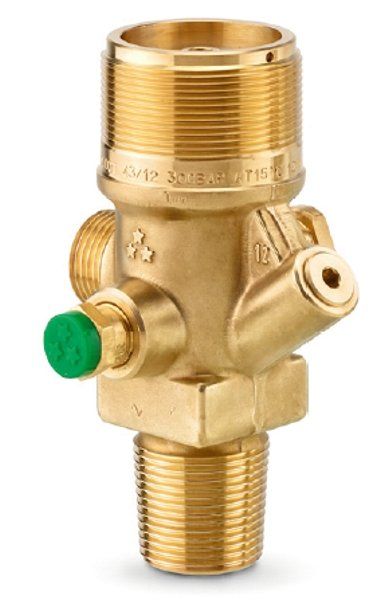
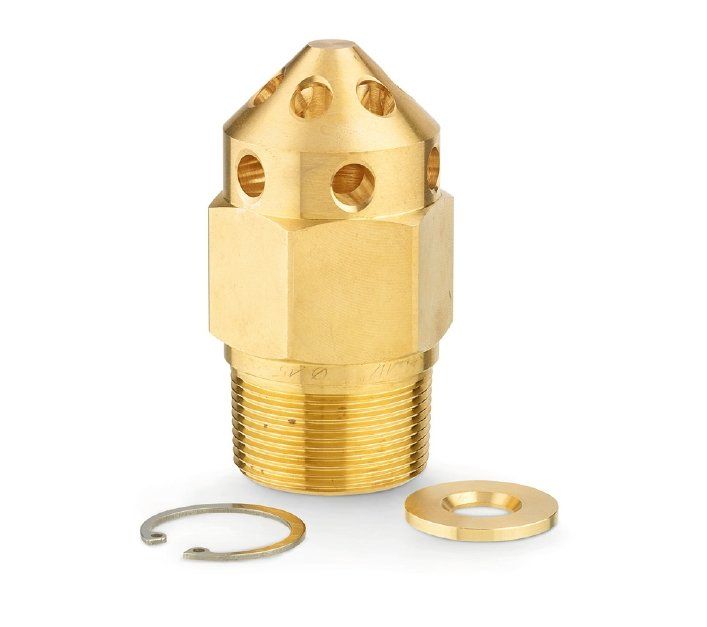
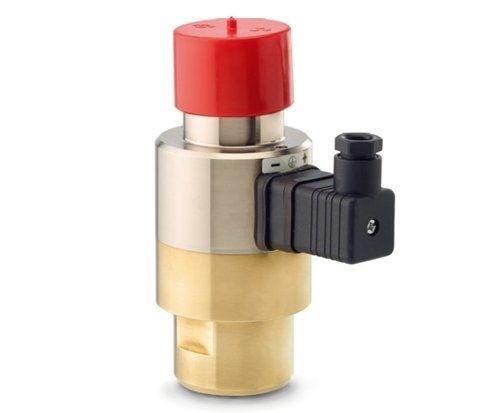
Features and Benefits
Safety
Extinguishing concentrations suitable for occupied areas for safe egress.
Fast Acting
60-second discharge complemented sensitive detection equipment.
Flexible Design Options
Easily customisable pipe routing and cylinder arrangements to suit specefic spaces.
Cost Effective
Most economic solutions compared to suitable alternatives
No Residue
Zero residue left behind post discharge.
Naturally Occurring Gases
Noble gases with zero ozone depletion potential and global warming potential


